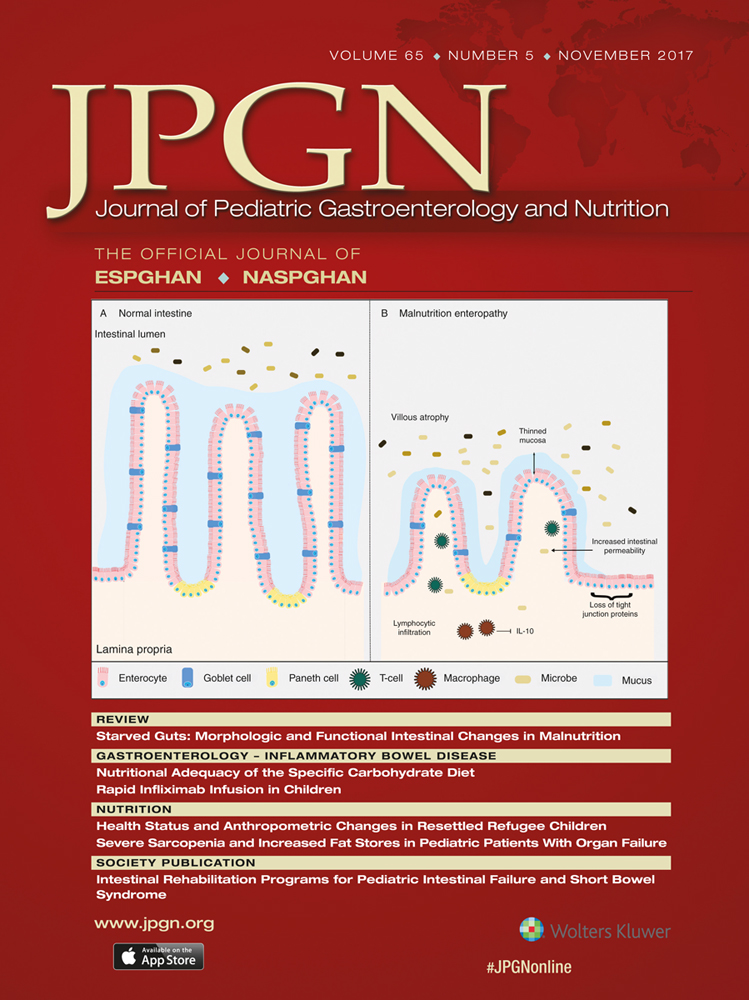How to Predict Oral Rehydration Failure in Children With Gastroenteritis
D.G. is supported by Kroger Foundation and Sophia Research Foundation. R.O. is supported by an unrestricted grant of Europe Container Terminals B.V. and a fellowship grant of the European Society of Pediatric Infectious Diseases in 2010.
The authors report no conflicts of interest.
ABSTRACT
Objectives:
Oral rehydration is the standard in most current guidelines for young children with acute gastroenteritis (AGE). Failure of oral rehydration can complicate the disease course, leading to morbidity due to severe dehydration. We aimed to identify prognostic factors of oral rehydration failure in children with AGE.
Methods:
A prospective, observational study was performed at the Emergency department, Erasmus Medical Centre, Rotterdam, The Netherlands, 2010–2012, including 802 previously healthy children, ages 1 month to 5 years with AGE. Failure of oral rehydration was defined by secondary rehydration by a nasogastric tube, or hospitalization or revisit for dehydration within 72 hours after initial emergency department visit.
Results:
We observed 167 (21%) failures of oral rehydration in a population of 802 children with AGE (median 1.03 years old, interquartile range 0.4–2.1; 60% boys). In multivariate logistic regression analysis, independent predictors for failure of oral rehydration were a higher Manchester Triage System urgency level, abnormal capillary refill time, and a higher clinical dehydration scale score.
Conclusions:
Early recognition of young children with AGE at risk of failure of oral rehydration therapy is important, as emphasized by the 21% therapy failure in our population. Associated with oral rehydration failure are higher Manchester Triage System urgency level, abnormal capillary refill time, and a higher clinical dehydration scale score.




